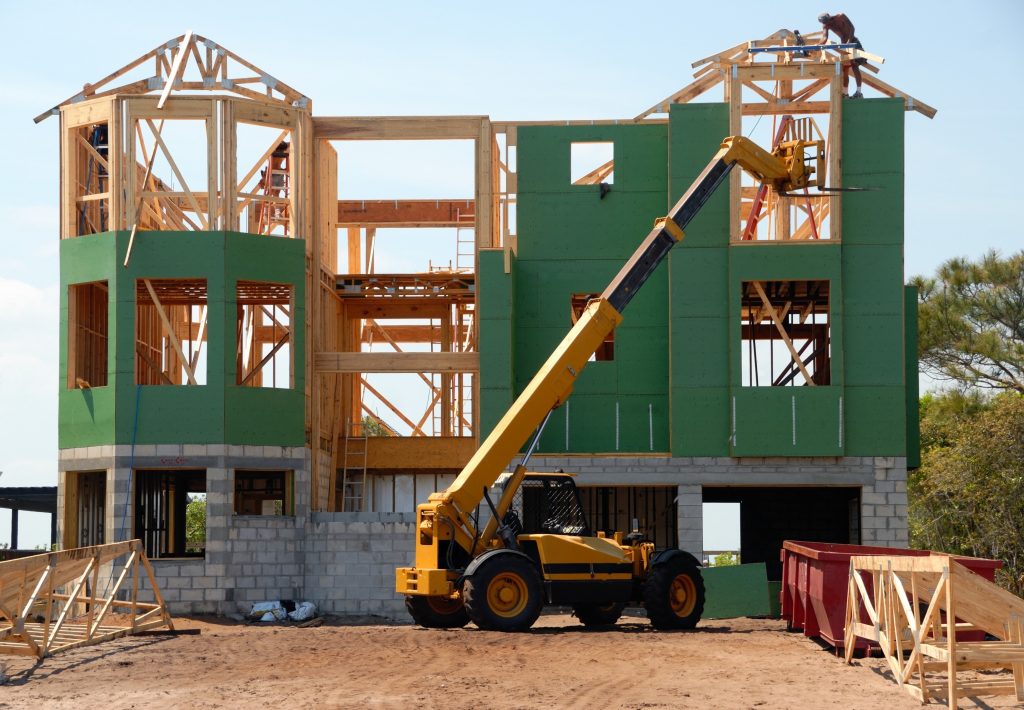
In some sectors, innovation happens quickly.
In these industries, a handful of powerful companies not only have the funding to build new technology but have the ability to influence both regulators and consumers. Typically, there’s also a significant influx of investment money rushing in to bring the innovation to the market. Finally, and likely most important, the value of the new innovation is readily discernible by consumers who seek out the innovative technology.
In contrast, the construction sector is a laggard industry. It can take a couple decades for new innovation to gain traction in the residential market.
There are several reasons for this:
- Residential construction is a highly fractured marketplace. “Mom and pop” small businesses represent over 50% of the builder companies. There are fewer “big guns” like Google or Tesla to lead the market in adopting and proving new innovation.
- It’s a complicated regulatory environment, with each local jurisdiction regulating land use and construction. Builders and developers seek to limit the likelihood that a new building practice or product will slow plan approval and permitting.
- Home construction is complicated:
- There are myriad product inputs and parties involved.
- The parties involved will often change multiple times throughout the construction process.
- Production is not in a controlled environment and is subject to weather.
- Due to the risk and capital involved, builders prefer to stick to the methods and products that require limited training, provide consistent quality, and are installed quickly.
It’s no wonder that innovation is slow.
While it’s not easy, some builders and developers have company values centered around home buyer comfort, sustainability, and quality. These companies have committed to sustainable building practices for those reasons. More often than not, though, such companies are pushed by an external mandate or incentive to build above-code.
The majority aren’t making the investment.
To drive innovation in construction, we need to work the “demand” side of the green building equation. We need to address issues that prevent green home features from being properly communicated to home buyers and being appraised for their fair appraised value.
Once we do this, the market will naturally shift toward the higher-performing, healthier, more sustainable homes. Consumers will look for and come to expect this as the norm. It will be an easy business decision by the builders and developers to invest in such features because doing so will impact their top-line revenue.
Unfortunately, right now, there are issues at every stage of the real estate transaction process.
- Marketing – green homes often not marketed as such by builders’ sales representatives or real estate agents due to misperceptions of consumer values, limited information-sharing, or fear of liability.
- Property Listing – Multiple listing services are incorporating a set of standardized green fields into databases, but ensuring that those fields are filled out appropriately to identify high-performing homes is challenging.
- Appraisal –
- While several appraiser and real estate associations now offer specialized green trainings, most real estate professionals lack specialized training and experience.
- Some lenders will not assign qualified appraisers to appraise high-performing homes, and home buyers are typically unfamiliar with their rights to advocate for a fair valuation.
- There may not be sufficient comparable homes in most markets for high-performance homes to be appraised using a review of comparable properties, the most common appraisal method. Appraisers are largely unfamiliar with and fearful of the liability associated with other methods.
High-performing homes are not being properly appraised for features that offer health, comfort, durability, and reduced operating costs. Money is being left on the table as a result, and the full market potential of sustainable home design is not being realized. There will not be a dramatic market shift until these systemic problems are addressed.
